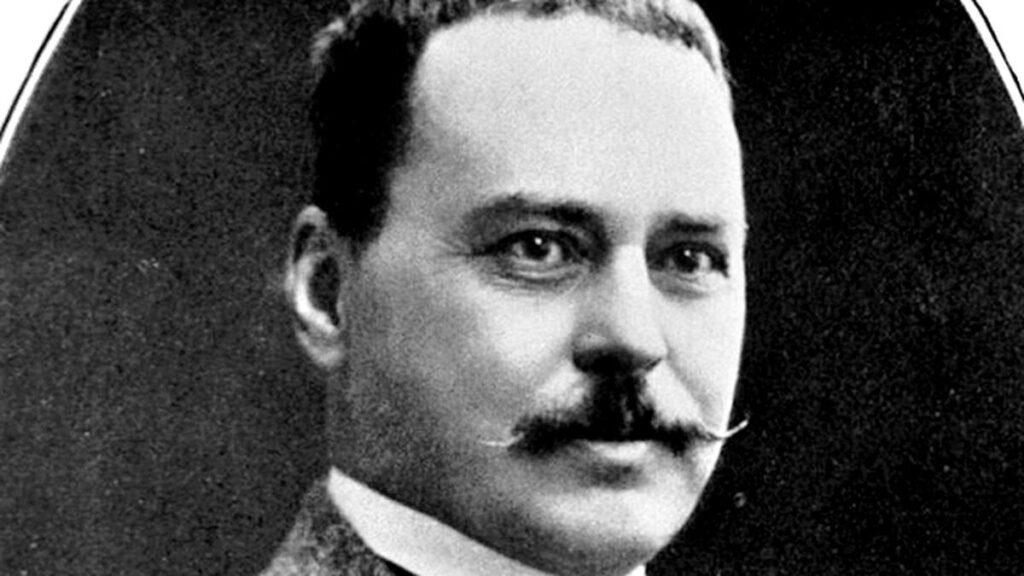
Ross’s meticulous dissections of mosquitoes infected with Plasmodium laid the groundwork for vector control strategies still central to malaria elimination efforts today
| Photo Credit: File Photo
Before Sir Ronald Ross’s discovery in 1897, malaria was understood to be a disease caused by bad air (“mal aria,” meaning bad air). While the disease was recognised and feared for centuries, the underlying cause was not known.
Understanding how malaria spreads: A scientific turning point
On August 20, 1897, while working in Secunderabad, India, Ross dissected a mosquito that had fed on a malaria-infected patient. Inside its gut lining, he observed the presence of Plasmodium parasites—the microscopic organisms responsible for malaria. This observation provided the medical community with the first solid evidence that mosquitoes act as carriers of the disease.
Although French military doctor Charles Laveran had identified Plasmodium in human blood in 1880, the method of transmission remained unclear. Ross, building on the ideas of physician Patrick Manson, confirmed that the malaria parasite requires a mosquito host to complete part of its life cycle before being passed to humans.
Marking this discovery, Ross noted in his journal: “This day relenting God Hath placed within my hand, A wondrous thing…” These words captured not only a breakthrough in understanding infectious disease but also a shift in how malaria prevention would be approached from then on.

A scientific method grounded in observation and precision
Ross conducted careful experiments using birds infected with Plasmodium relictum, an avian form of malaria. He allowed mosquitoes to feed on these birds and later dissected them at regular intervals. Over time, he found the parasites developing in the mosquito’s stomach lining — later forming what we now know as oocysts.
This work revealed the external (or “extrinsic”) development of Plasmodium in the mosquito. Ross had traced the full transmission cycle, proving mosquitoes were not just incidental but a necessary host for the parasite. His work became the foundation of what we now call vector biology—the study of how insects and other organisms transmit diseases.
The World Health Organization (WHO) acknowledges Ross’s discovery as a pivotal moment in public health, reporting that it “opened up a new vista for prevention and control of malaria”

Changing how public health systems responded to malaria
Ross’s findings had a direct impact on how malaria was managed in India, Africa, and Southeast Asia. Once mosquitoes were identified as vectors, public health teams focused on controlling mosquito breeding: draining stagnant water, managing swamps, and later using insecticides like DDT.
Ross went on to work in Sierra Leone and Mauritius, where he applied these principles in real-world malaria control efforts. He used mapping, statistics, and population data to track infection spread—techniques that are still used in disease surveillance today.
In 1902, Ross received the Nobel Prize in Physiology or Medicine for his work. The citation read:“for his work on malaria, by which he has shown how it enters the organism and thereby has laid the foundation for successful research on this disease and methods of combating it.”

His legacy
Ross was also a prolific writer, poet, and advocate for medical education in the colonies. He pushed for more locally-run laboratories and for training Indian personnel in research methods, long before it became common practice.
He also developed early mathematical models for how malaria spreads, laying the groundwork for what would become the Ross-Macdonald model—a widely used formula to estimate malaria transmission based on mosquito and human populations. The Centers for Disease Control and Prevention (CDC) notes that Ross’s work, in collaboration with George Macdonald, led to the development of a mathematical model of mosquito-borne pathogen transmission .
Over 125 years later, Ross’s discovery continues to influence how we fight malaria. Vector control—like bed nets, mosquito repellents, and larvicide treatments—remains one of the most effective strategies to prevent the diseas .The WHO emphasises that controlling insect vectors has played an increasingly important role in reducing the burden of malaria since Ross’s discovery .
August 20 is now remembered as “Mosquito Day” in his honor, especially in India. His field lab in Secunderabad has been turned into a memorial, and medical researchers still refer to his original drawings and writings.
Sir Ronald Ross died in 1932. At the Liverpool School of Tropical Medicine, where he later taught, his epitaph reads: “He gave to mankind an immense weapon against death.”
Published – June 15, 2025 04:28 pm IST

